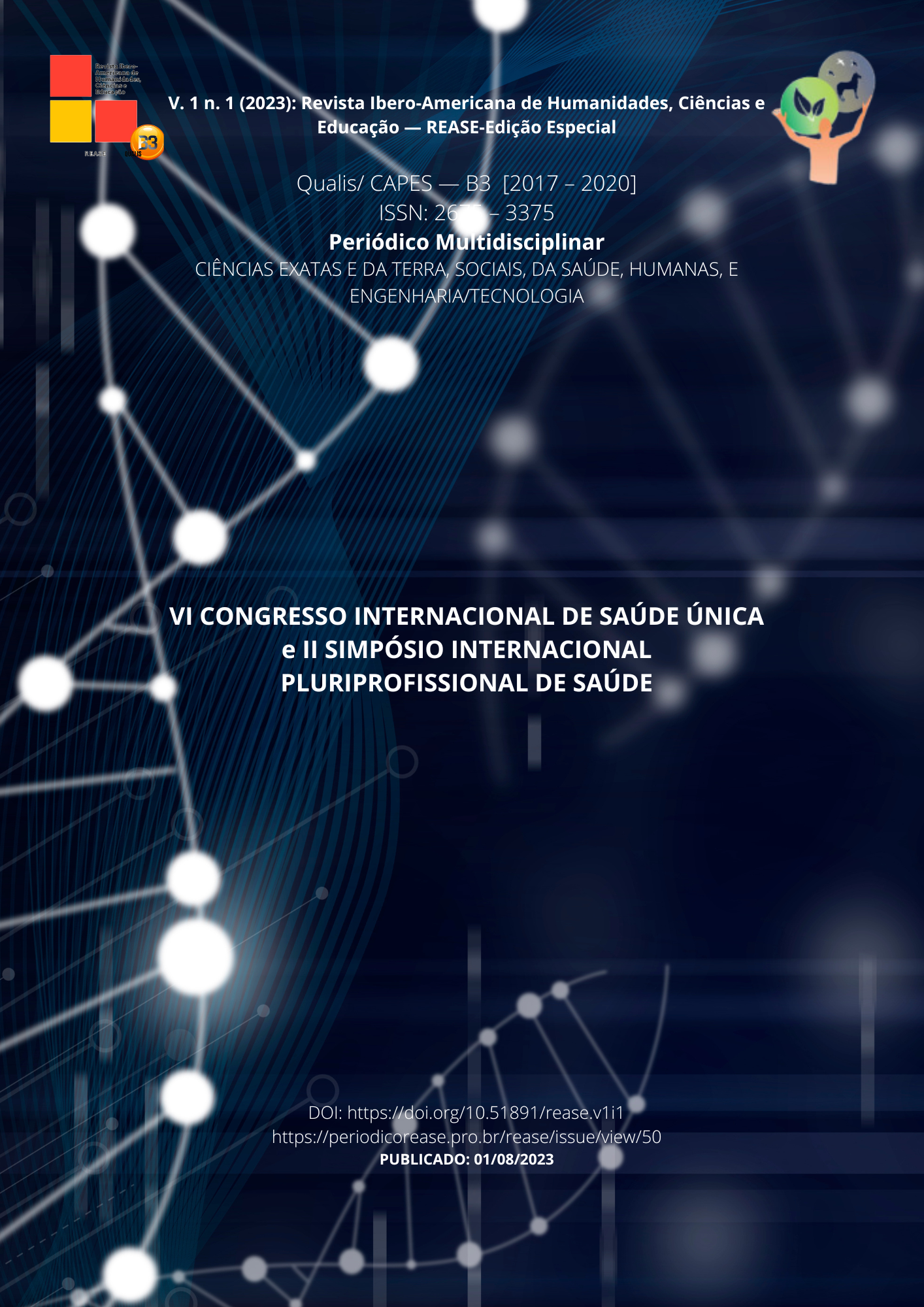MEDIA INFLUENCE ON AESTHETIC STANDARDS AND RISKS ATTRIBUTED TO THE WEIGHT LOSS PROCESS: A BIBLIOGRAPHIC REVIEW
DOI:
https://doi.org/10.51891/rease.v1i1.10526Keywords:
Social Media. Weight Loss. Health.Abstract
The media is considered an important current tool for passing on information to the population, being able to influence the lifestyle of individuals. Among the factors that influence eating behavior, the use of social media stands out, which can lead to consequences linked to irregular eating behaviors, such as dissatisfaction with the body and the internalization of perfect body ideals. Objective: Carry out a bibliographical review of articles that address the theme of social media related to beauty standards and possible risks to the health of individuals. Methods: This is a narrative literature review, the search for articles was carried out in the databases: Scielo, Google Scholar and Lilacs. References from 2012 to 2021 were included in the study, prioritizing the last five years of research carried out in Brazil, written in brazilian portuguese. Results: The media has a strong influence, often propagating articles that induce the cult of thinness, promoting body dissatisfaction in individuals. Health is often ignored in face of the need to search for the perfect body, since surgical procedures involve risks and complications, as well as miraculous diets or fasting without the supervision of a professional. Conclusion: It is concluded that social media can negatively influence the physical and emotional well-being of individuals with regard to imposed beauty standards, encouraging weight loss that can be performed erroneously, putting the health of the population at risk.
Downloads
Downloads
Published
How to Cite
Issue
Section
License
Atribuição CC BY

